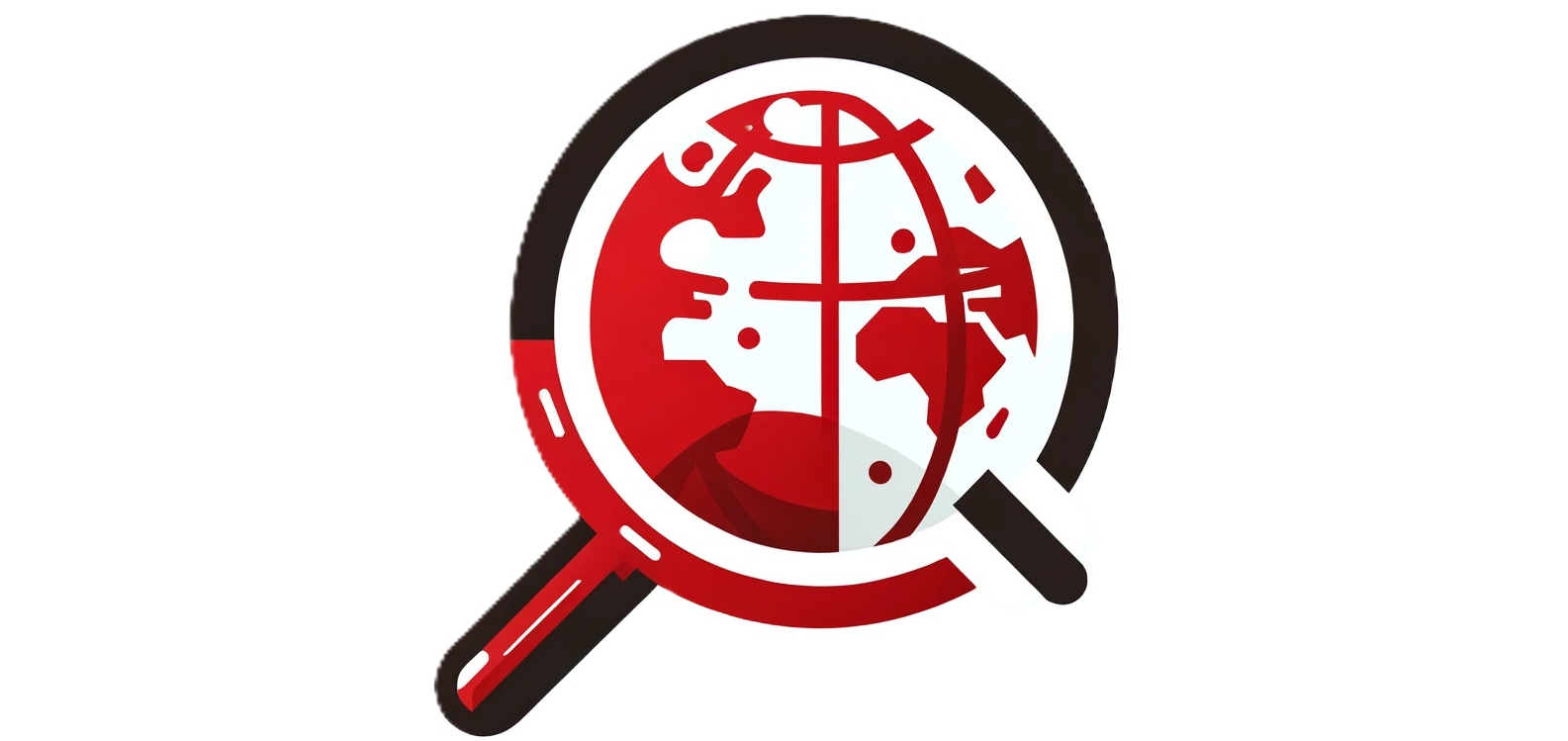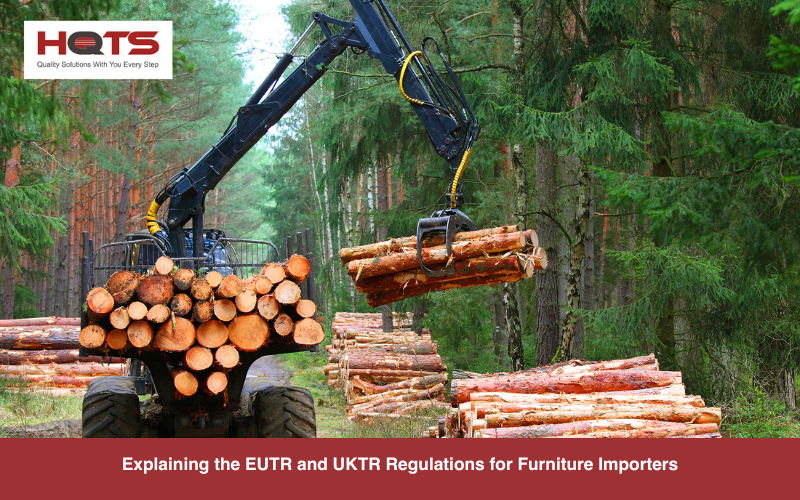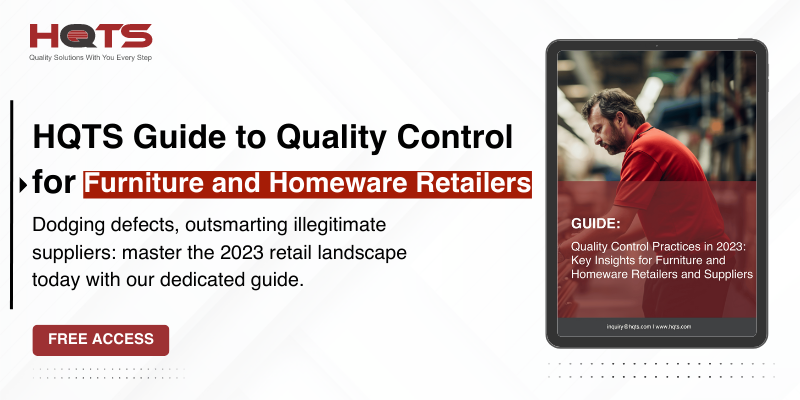Europe and UK play a pivotal role in the global furniture industry, not only as a major production hub but also as a significant players in international trade. Europe holds the esteemed position of being the world’s second-largest furniture manufacturing region, housing some of the most prominent and influential global players. Especially noteworthy is Europe’s dominance in the high-end segment of the furniture market, where nearly two-thirds of the world’s high-end furniture products originate from the EU.
>>> If you want to stay ahead of your competitors and ensure the quality of your imported products, check our Free Guide for Furniture Importers 2023 edition:
Main European Furniture Imports
Despite this favorable position, Europe’s furniture demands are still reliant on external countries. In 2019, the EU imported furniture worth 20.62 billion euros from countries outside the European Union. Key countries contributing to EU’s furniture imports include China (Vietnam (6%), Turkey (6%), and the United States (4%). While Europe continues to maintain a strong position in the global furniture market, its import reliance signifies the importance of building resilient and diversified supply chains to meet the demands of a dynamic and ever-evolving industry.
If you are involved in the furniture import business, you need to stay up-to-date with the European Union Timber Regulation (EUTR) and the UK Timber Regulation (UKTR), this article aims to solve any question you can have around these regulations.
What is the EUTR Regulation?
The European Union Timber Regulation (EUTR) is aimed at combatting illegal timber trade and promoting sustainable sourcing practices within the furniture industry. Introduced in 2010, the EUTR came into effect on March 3, 2013, with the primary goal of ensuring that timber and timber products entering the EU market are derived from legal and responsibly managed sources.
EUTR Latest Changes
In early 2020, the European Commission conducted a “fitness check” on the FLEGT Action Plan and EUTR to assess their effectiveness. Issues identified include inconsistent implementation and enforcement across member states, the need for better cooperation, clear definitions of key concepts, and improved transparency in reporting. Additionally, the EU is working on a regulation for deforestation-free products, which may integrate the EUTR in addressing broader deforestation concerns.
Products Covered by the EUTR
The EUTR covers a wide range of products, identified based on the Combined Nomenclature (CN) used by customs to classify goods when entering the EU market. Examples of regulated products include:
The EUTR provides a list of products that are subject to its supervision and regulation. Due to the sheer number of regulated products, the EUTR does not list the individual kind of products. Instead, the covered products are identified based on the Combined Nomenclature (CN) – which is used by the customs to classify goods and products when entering the EU market.
Below are some examples of products of different categories for which EUTR applies. They cover wooden furniture, construction materials, decors, packaging materials, pulp, and buildings:
- CN code 9403 30 – Wooden furniture of a kind used in offices
- CN code 9403 40 – Wooden furniture of a kind used in the kitchen
- CN code 9403 50 00 – Wooden furniture of a kind used in the bedroom
- CN code 9403 60 – Other wooden furniture
- CN code 9406 00 20 – Prefabricated buildings
- CN code 4410 – Particle board, oriented strand board
- CN code 4411 – Fibreboard
- CN code 4412 – Plywood, veneered panels, and similar laminated wood
- CN code 4414 00 – Wooden frames for paintings, photographs, mirrors, or similar objects
- CN code 4415 – Packing cases, boxes, and similar products
EUTR Requirements
The EUTR mandates specific documentation for timber and timber products entering the EU market, this includes:
- Wood Species Description: Listed in the Annex to Council Regulation (EEC) No 2658/87
- Certificate: It is the responsibility of operators to guarantee that the timbers or timber products they deal with are sourced from legal and compliant origins, adhering to the chain of custody at every stage. As part of this process, a crucial requirement is obtaining a certificate from a trusted third-party authority like CITES, FLEGT, or FSC. This certificate serves as a tangible proof of the product’s legality and compliance with the essential regulations, adding credibility to the supply chain and ensuring the sustainable and responsible sourcing of timber and timber products.
- Other documents: Supporting documentation that can help to mantain traceability and compliance such as audit reports, import/export licenses, enviromental assesment and certificates and more.
What is the UKTR Regulation?
The UK Timber Regulation (UKTR) is a regulatory framework based on the EUTR, specifically introduced after the UK’s departure from the European Union. he UKTR became applicable on January 1, 2021, following the end of the Brexit transition period.
What are the differences between the EUTR and the UKTR?
As we explained before the UKTR is based on the EUTR and the policy owner of UKTR, DEFRA, currently has no plans to make any changes. The differences are minimal, being the biggest difference the definitions of operators and traders. We need to remark that changes in the EUTR will not lead to changes in the UKTR automatically, thus we can expect these both regulations to be more and more different in the future.
Ensure your furniture products comply with EUTR/UKTR with AQM BD Compliance Services
Our services focus on the interpretation and guidance of furniture regulations and standards. We are familiar with the requirements of EUTR, UKTR, REACH Regulation, CPSIA Act, California Proposition 65, formaldehyde emission standards, etc., and can provide customized compliance solutions and technical support for different types of furniture products.
Our main services include:
- Regulatory and standard training, including wood procurement compliance and formaldehyde limit standards
- Guidance on certified legal procurement and traceable wood
- Hazardous chemicals management and restricted substances list development, including formaldehyde and flame retardant management
- Product design and material selection consulting, including low formaldehyde and flame retardant material recommendations
- Product performance and safety testing planning, including formaldehyde release testing and upholstered furniture flammability testing
- Review of regulatory statements on product labels and instructions, including formaldehyde release labeling and flame retardancy indicators
- Response to inquiries from market regulatory authorities






